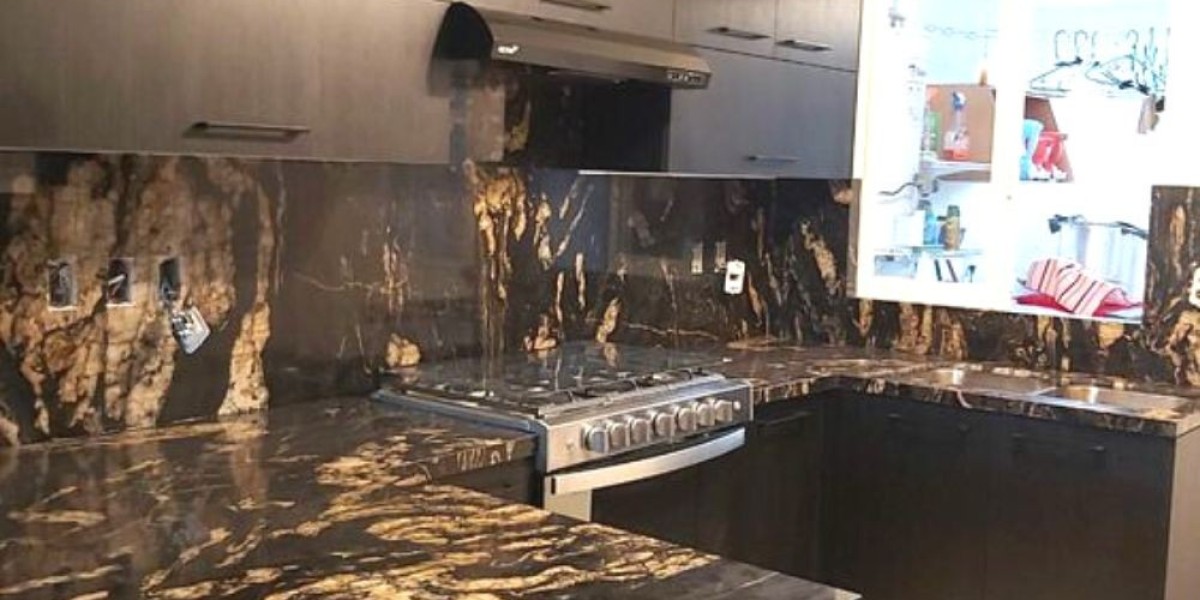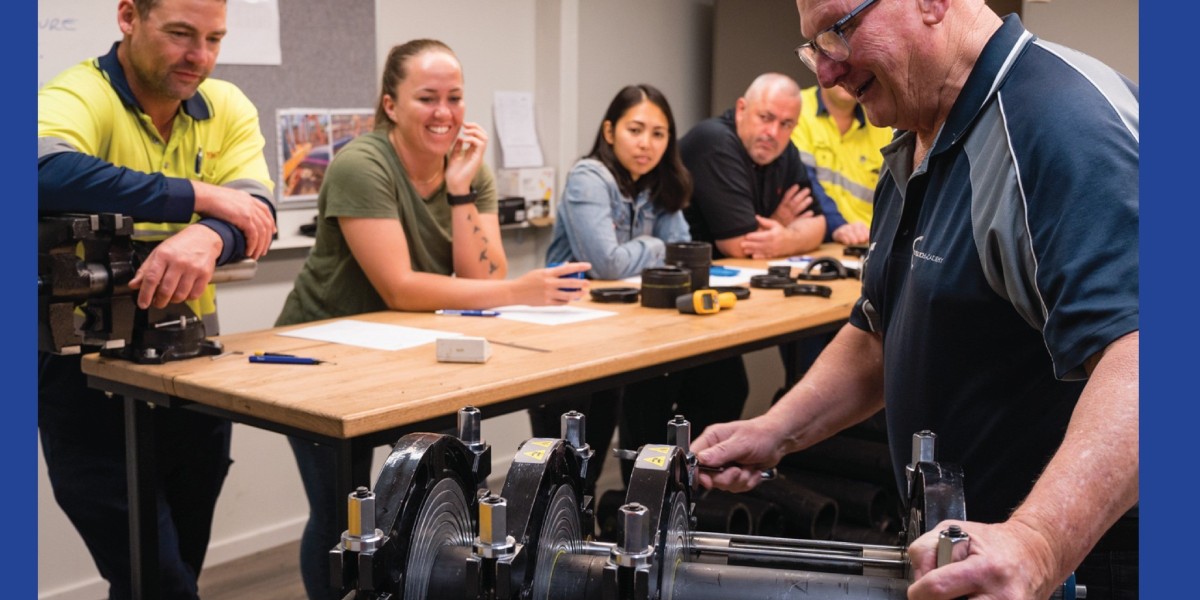In today's fast-paced world, comfort and safety at home and in the workplace are paramount. One of the most effective yet often overlooked ways to enhance these aspects is by incorporating anti-fatigue mats into your daily environment. Whether you spend hours standing in the kitchen, working at a standing desk, or running a busy workshop, anti-fatigue mats can help you reduce strain and prevent injury. This article explores how anti-fatigue mats contribute to a safer and more comfortable lifestyle.
The Importance of Anti-Fatigue Mats
Reducing Physical Strain
- Support for Prolonged Standing: Anti-fatigue mats are designed to alleviate the discomfort associated with prolonged standing. The cushioned surface reduces the stress on your feet, legs, and lower back, helping to prevent fatigue and discomfort.
- Enhanced Circulation: Standing for long periods on hard surfaces can restrict blood flow, leading to discomfort and even long-term health issues. Anti-fatigue mats encourage subtle movements, which help maintain proper circulation.
- Key Benefits:
- Decreased muscle fatigue and joint pain
- Improved posture and circulation
- Reduced risk of long-term musculoskeletal disorders
Preventing Slips and Falls
- Slip-Resistant Surface: Many anti-fatigue mats are designed with a slip-resistant surface, providing additional safety in environments where spills and wet floors occur daily, such as kitchens or workshops.
- Stable Base: The mats also typically feature a stable, non-slip base that keeps them securely in place, reducing the risk of tripping or slipping as you move about your workspace.
- Key Benefits:
- Increased safety in wet or oily environments
- Reduced risk of workplace or home accidents
- Peace of mind for elderly individuals or those with mobility issues
Best Applications for Anti-Fatigue Mats
In the Kitchen
- Cooking Comfort: For those who love to cook or spend a lot of time in the kitchen, anti-fatigue mats can make a significant difference. Placing a mat in front of the stove or sink can reduce the strain on your legs and back, making meal preparation more enjoyable.
- Spill-Resistant: Kitchen anti-fatigue mats are often made with materials that resist spills and are easy to clean, ensuring they remain hygienic and long-lasting.
- Top Features to Look For:
- Water-resistant and easy-to-clean surface
- Sufficient cushioning to reduce foot and leg strain
- Aesthetic design that complements your kitchen decor
At the Workplace
- Standing Desks: With the popularity of standing desks, anti-fatigue mats have become an essential accessory. They provide the necessary support to prevent discomfort during long work hours, helping to maintain productivity and focus.
- Industrial Use: In workshops, factories, or any industrial environment where workers stand for extended periods, anti-fatigue mats can significantly reduce fatigue and improve safety.
- Top Features to Look For:
- Durable materials that withstand heavy use
- Sufficient thickness for maximum support
- Anti-slip backing for safety in industrial settings
In the Garage or Workshop
- Tool Time Comfort: Whether working on a car or building a new project, standing on a hard garage floor for hours can take its toll. Anti-fatigue mats offer the comfort and support needed to keep you working efficiently and comfortably.
- Oil and Spill Resistance: Workshop mats are often resistant to oil and chemicals, making them durable and easy to maintain in a rugged environment.
- Top Features to Look For:
- Chemical-resistant surface for longevity
- Thick cushioning for support during long projects
- Easy-to-clean design to handle workshop messes
Choosing the Right Anti-Fatigue Mat
Material Considerations
- Foam Mats: Foam anti-fatigue mats are lightweight and provide excellent cushioning. They are ideal for environments where you need soft support, such as kitchens or offices.
- Gel Mats: Gel mats offer a combination of softness and firmness, making them perfect for those who need more support, such as in industrial or workshop settings.
- Rubber Mats: Rubber mats are durable and provide excellent traction, making them ideal for wet or oily environments where slip resistance is crucial.
Size and Thickness
- Thickness Matters: Thicker mats generally provide more cushioning and support, making them suitable for areas where you stand for long periods. However, ensure the mat is thick enough to become a tripping hazard.
- Size Considerations: Choose a mat that covers the area you spend the most time standing. For example, a runner mat may be more suitable in the kitchen, while a larger mat that covers your entire work area may be necessary in a workshop.
Design and Aesthetics
- Matching Your Decor: Anti-fatigue mats come in various colors and designs, so you can choose one that complements your space. Whether you prefer a minimalist look or a bold design, there's a mat to suit your style.
- Ease of Cleaning: Look for mats that are easy to clean, especially if they are placed in environments prone to spills or dirt, such as kitchens and workshops.
Conclusion:
Anti-fatigue mats are more than just a luxury; they are a practical solution for anyone who spends a significant amount of time on their feet. By reducing physical strain, improving circulation, and preventing slips and falls, these mats contribute to a safer and more comfortable lifestyle at home and work. Investing in a high-quality anti-fatigue mat can make a difference in your daily routine, whether in the kitchen, at your standing desk, or in a workshop.








